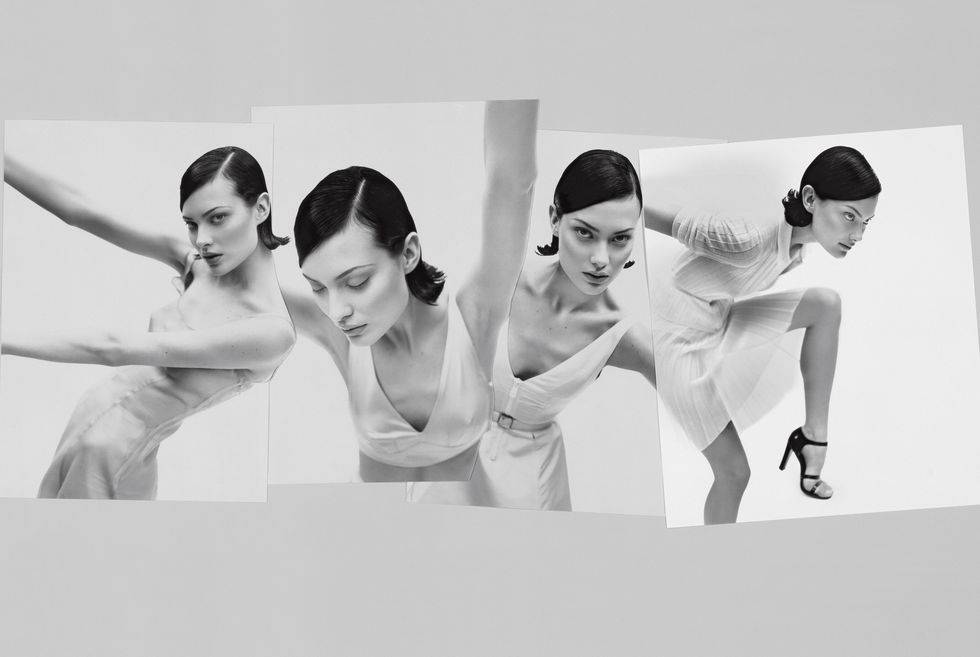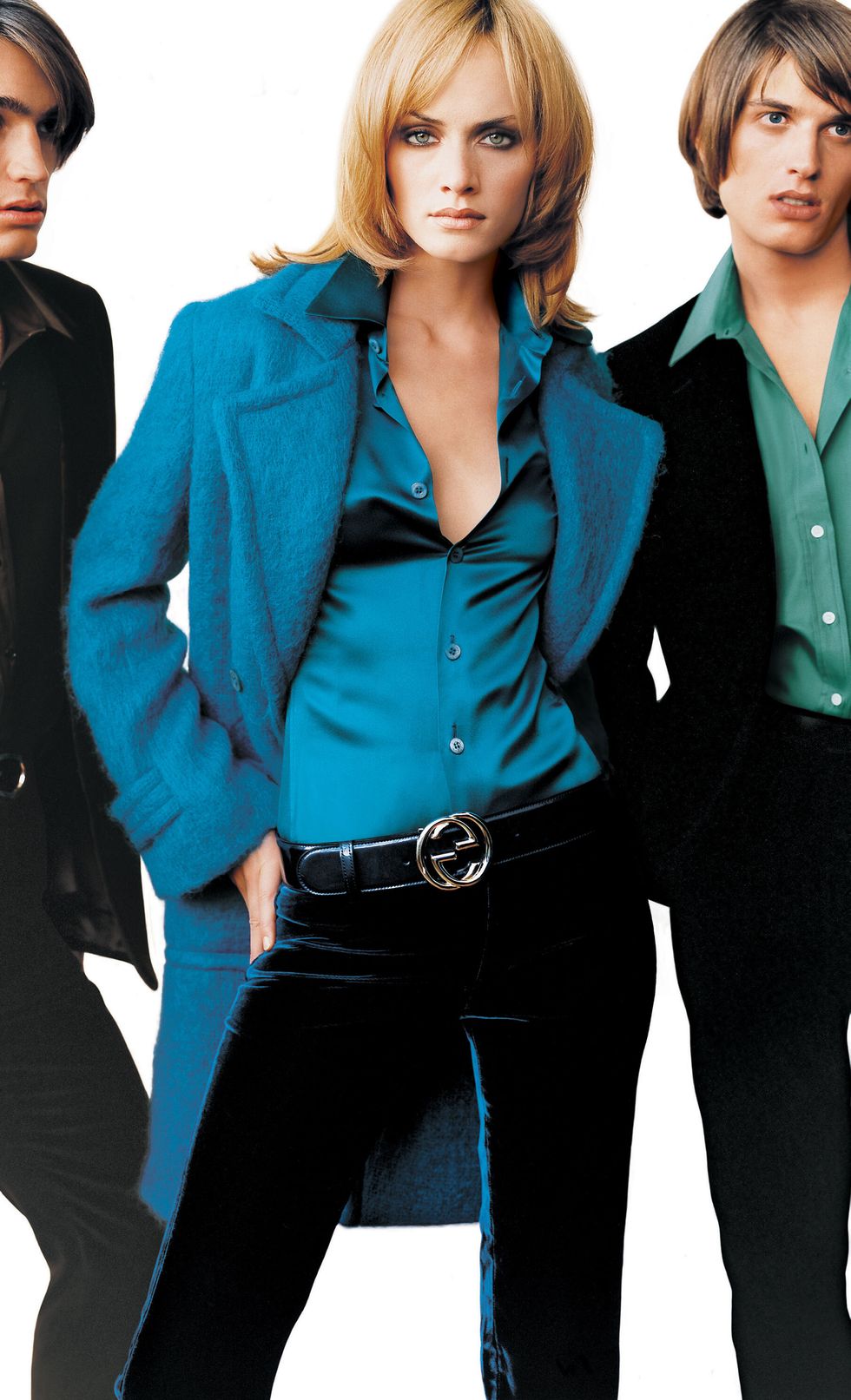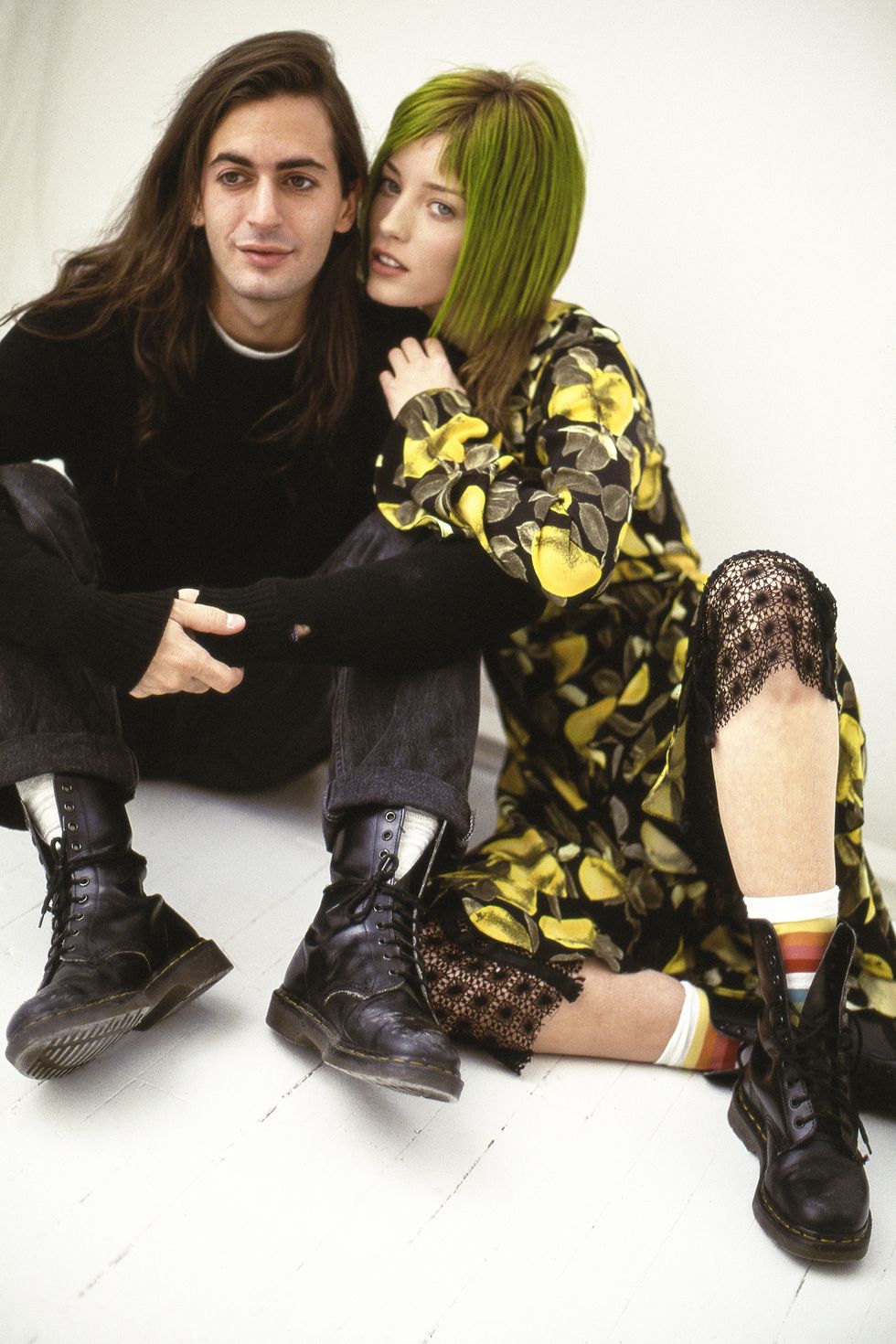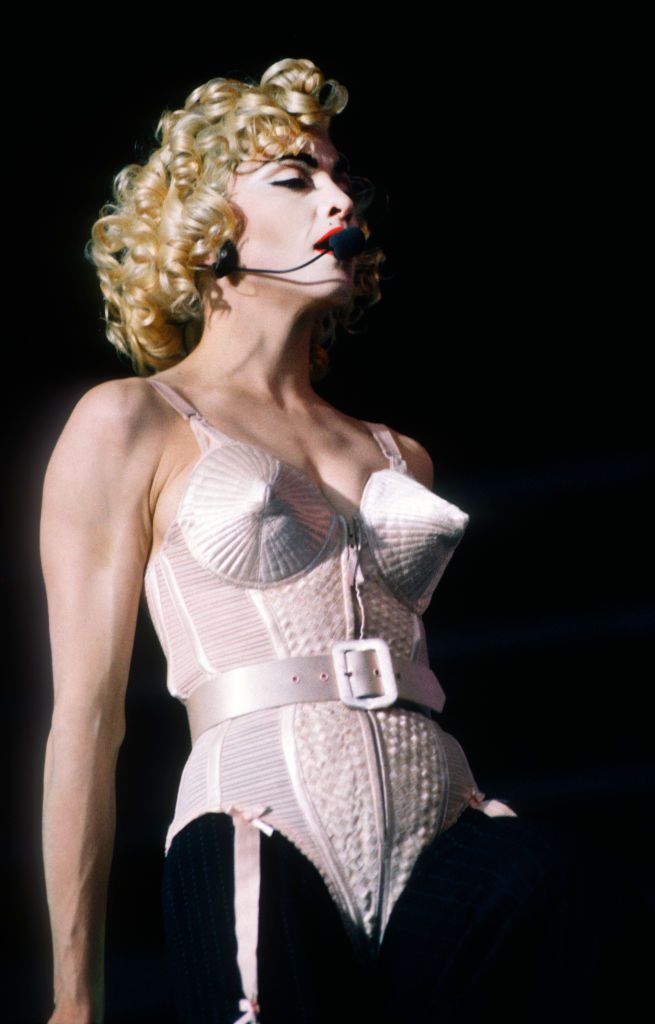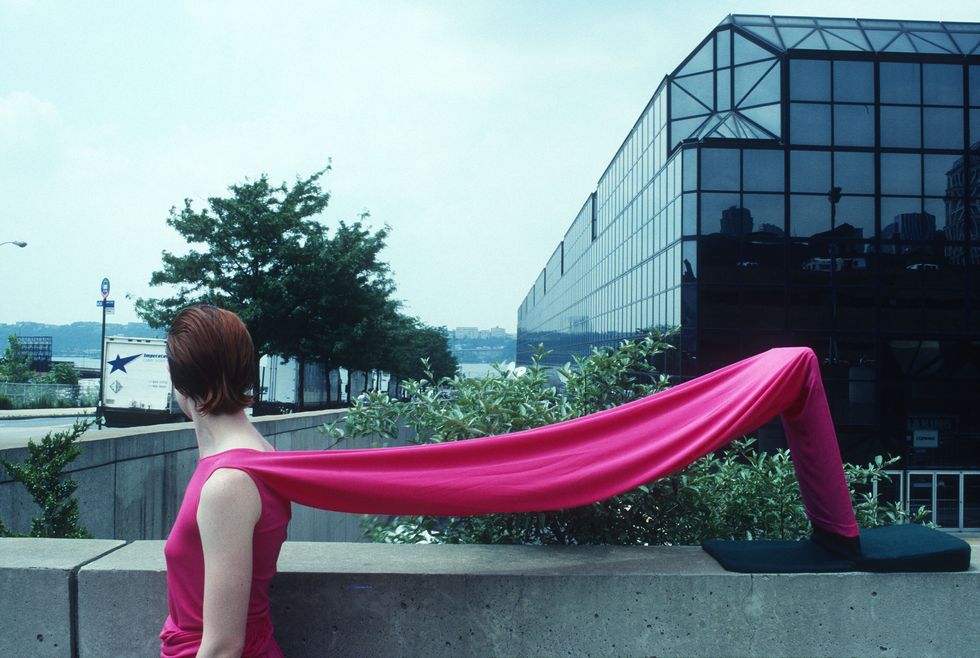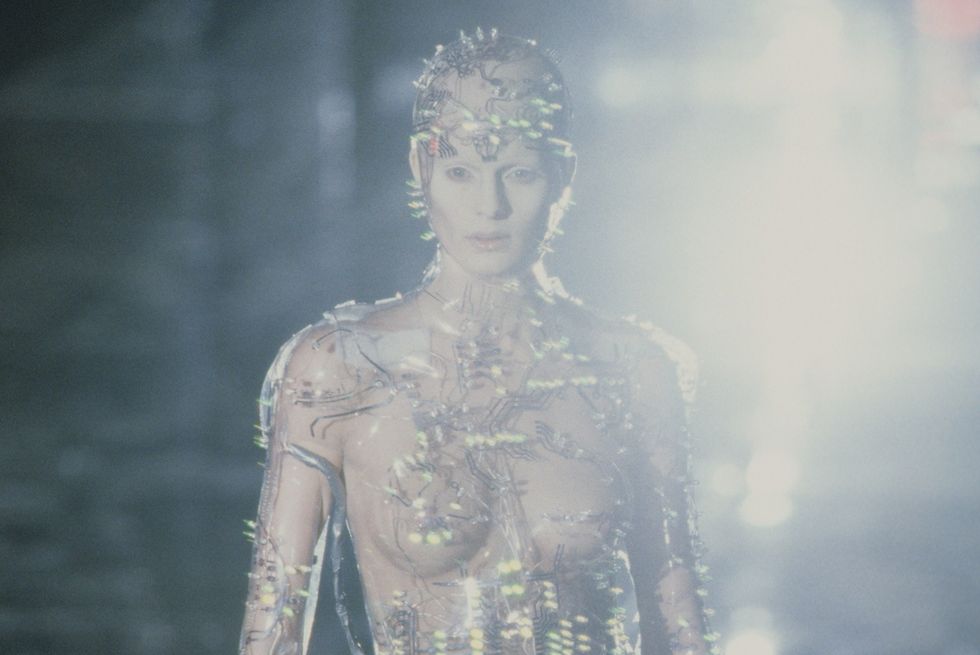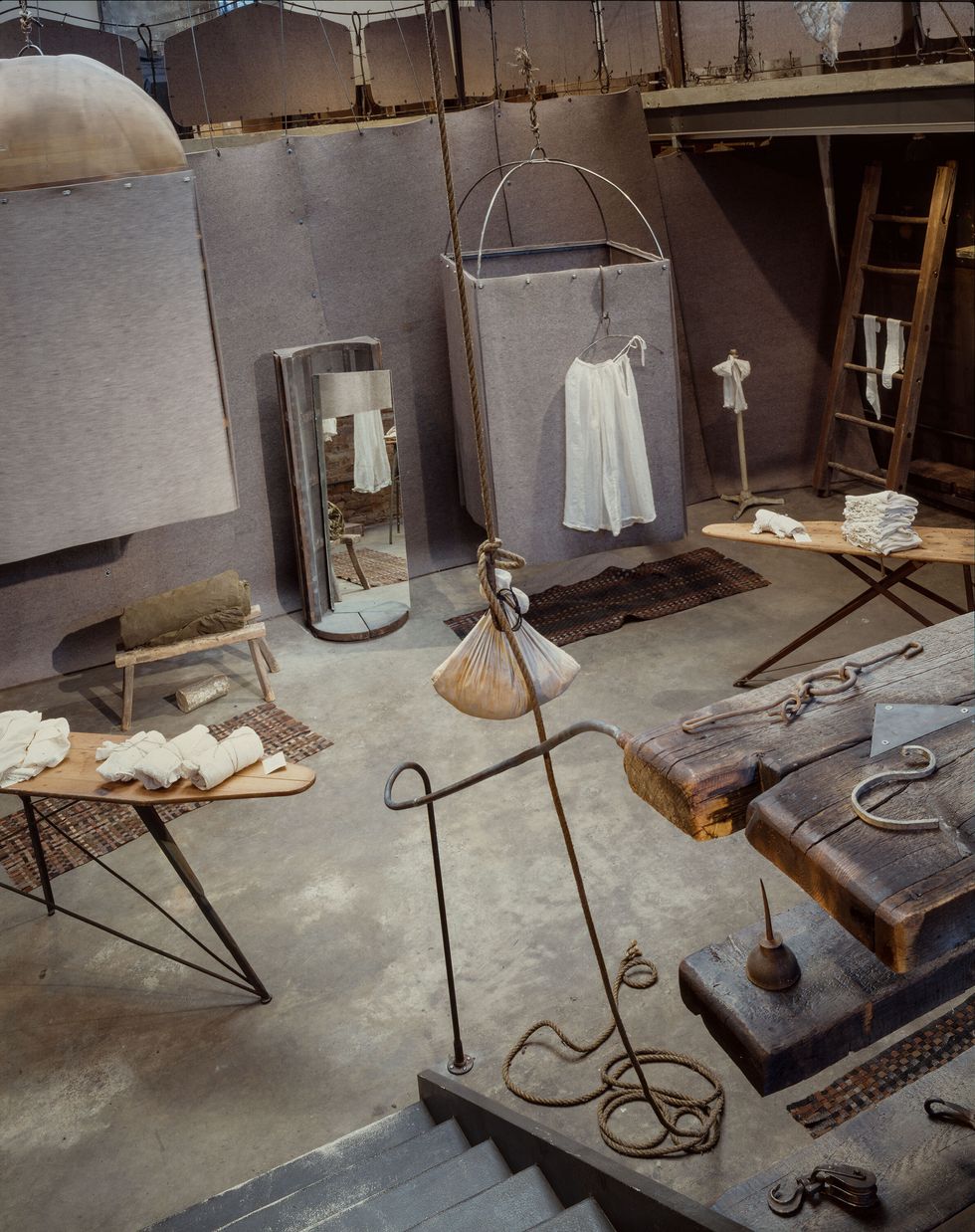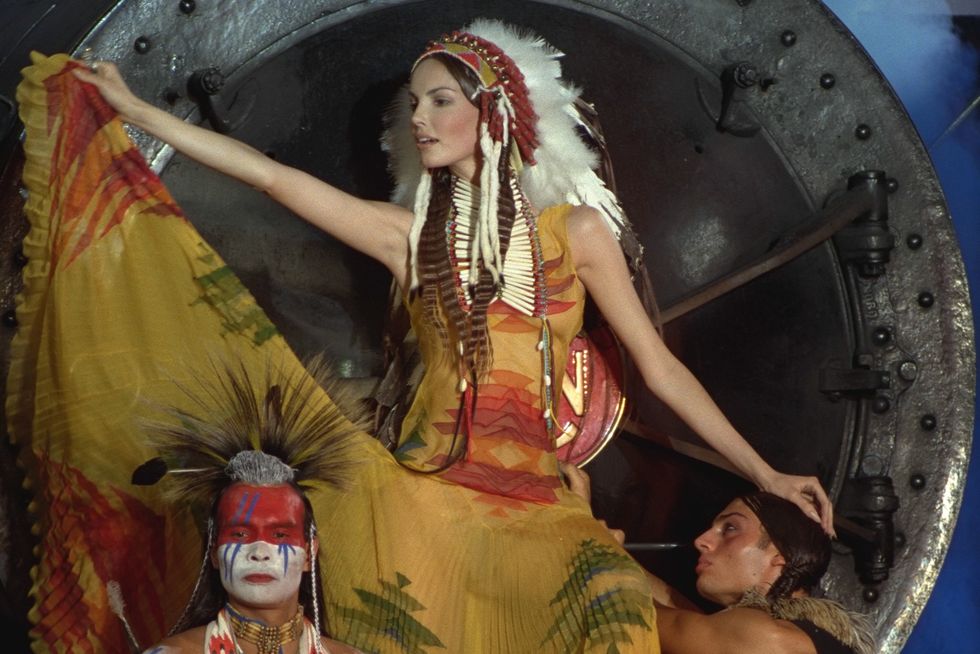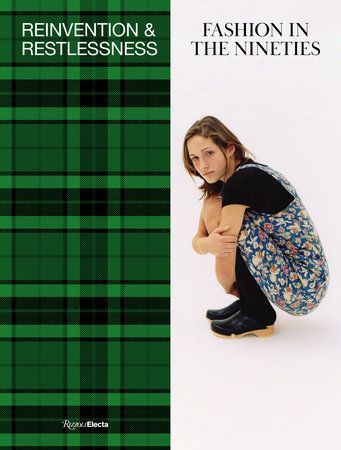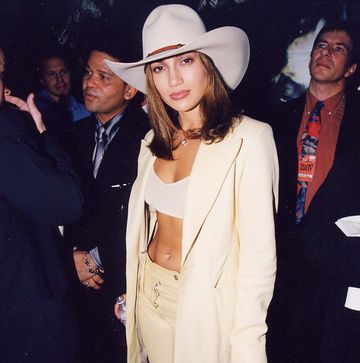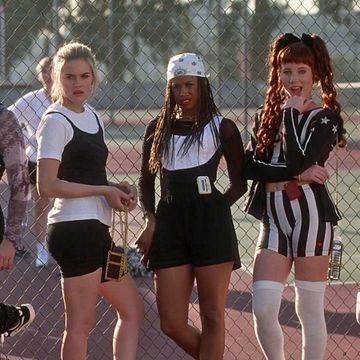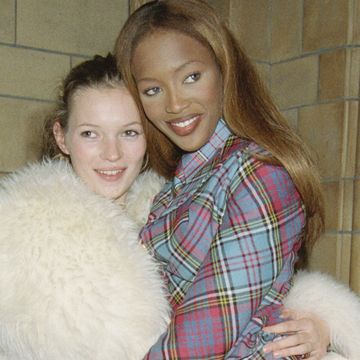The Eight Trends That Defined High Fashion in the 1990s
Reinvention & Restlessness: Fashion in the Nineties explores the styles that exemplified the era of elegance.
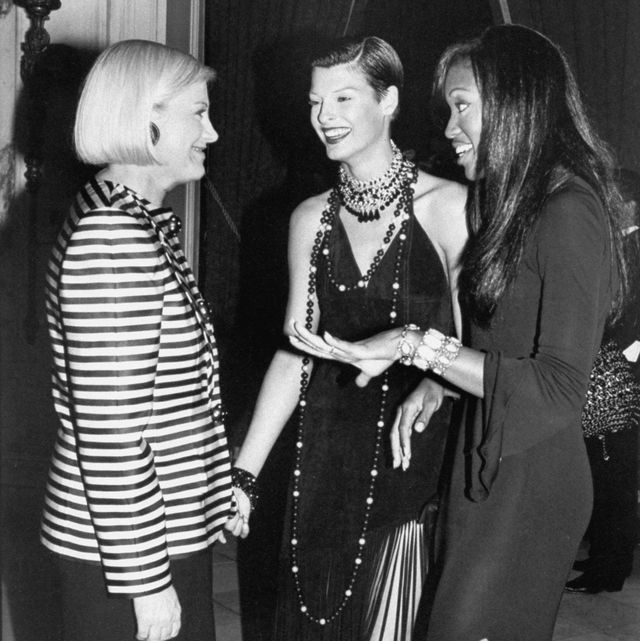
Every product on this page was chosen by a Harper's BAZAAR editor. We may earn commission on some of the items you choose to buy.
All things 1990s have become retro. It’s a daunting thought, especially for those of us who bopped to “Freedom! ’90” on our CD players, rented a VHS of Clueless from Blockbuster, mourned the cancelation of My So-Called Life, cut a rug to the “Macarena,” regularly used public payphones, and understood that Florida was categorically a blue state. Alas, with more than two decades since the Y2K scare, it was inevitable that these cultural touchstones, which permeated throughout our formative years, have now been put out to pasture. But in regard to ’90s fashion trends, as is often the case, everything old is new again.
“I think that’s part of what young people today see in the ’90s. It’s that it was a really fun time to engage with a lot of different styles and even mix a lot of different styles into one,” Colleen Hill, the curator of costume and accessories at the Museum at the Fashion Institute of Technology, told BAZAAR.com. “Every decade has trends, but I argue that in the ’90s, there were lots of them that were cycling in and out really quickly. There was always something new, always something a bit controversial, but also something for everyone.”
This idea of fashion pluralism is the basis of Reinvention & Restlessness: Fashion in the Nineties, a new a tome penned by Hill that explores select trends from the decade preceding the turn of the century. Set for a March 16 release (an exhibition of the same name will debut sometime this fall), the book dives into eight styles: minimalism, revival of luxury, retro revivals, grunge, deconstruction and the avant-garde, environmentalism, and the global wardrobe.
Hill admits that this isn’t a be-all, end-all view of ’90s fashion; hip-hop influences, rave culture, the complete Antwerp Six, and sports-inspired attire are noticeably absent. Rather, Fashion in the Nineties focuses on the trends that dominated the high-fashion runways and pages of glossies specifically at the time. From directional designers Tom Ford and John Galliano to megawatt photographers Peter Lindbergh and Corinne Day to editors Bill Cunningham and Harper’s BAZAAR’s own Liz Tilberis, Hill gives a great overview of the industry’s purveyors and the mixed bag of styles they exalted throughout the decade.
“We have lurched from the modern to retro, from glitz to glamour, from puritan to pretty, from military to minimal, only to max out the finale with an opulent flourish of beading and rash irony: designer logos a-go-go on everything from chewing gum to inner tubes,” wrote Marion Hume in “Fashion Flashback,” a story in the December 1999 issue of Harper’s BAZAAR, which Hill cites in the book.
The ’90s was indeed the era of elegance, of supermodels, and of larger-than-life runway presentations. But it was also the period that birthed grunge—which a reputed critic famously called “ghastly” after a Marc Jacobs for Perry Ellis show—and embraced cultural appropriation flagrantly. There is no avoiding that fashion in the ’90s clearly had a higher-than-thou attitude, barring disenfranchised communities from inclusion. As a result, many of the collections that were promoted then wouldn’t pass muster today. And the ones that were reviled, particularly grunge, are now revered. It is with ample time and “21st-century eyes” that Hill is able to address these issues while also giving insight as to why the industry at the time thought otherwise.
From the celebrated to the controversial, Fashion in the Nineties offers a fabulous survey of the styles that are currently rocked by the likes of Kaia Gerber, Bella Hadid, and Ryan Destiny. These starlets and their fans may be too young to remember (or have lived through) the ’90s, but if anyone needs a 101, getting your hands on this book is a great place to start. In the meantime, Hill gives us a synopsis of her extensive research on the high-fashion trends during a time when we were asked to “be kind, rewind.”

